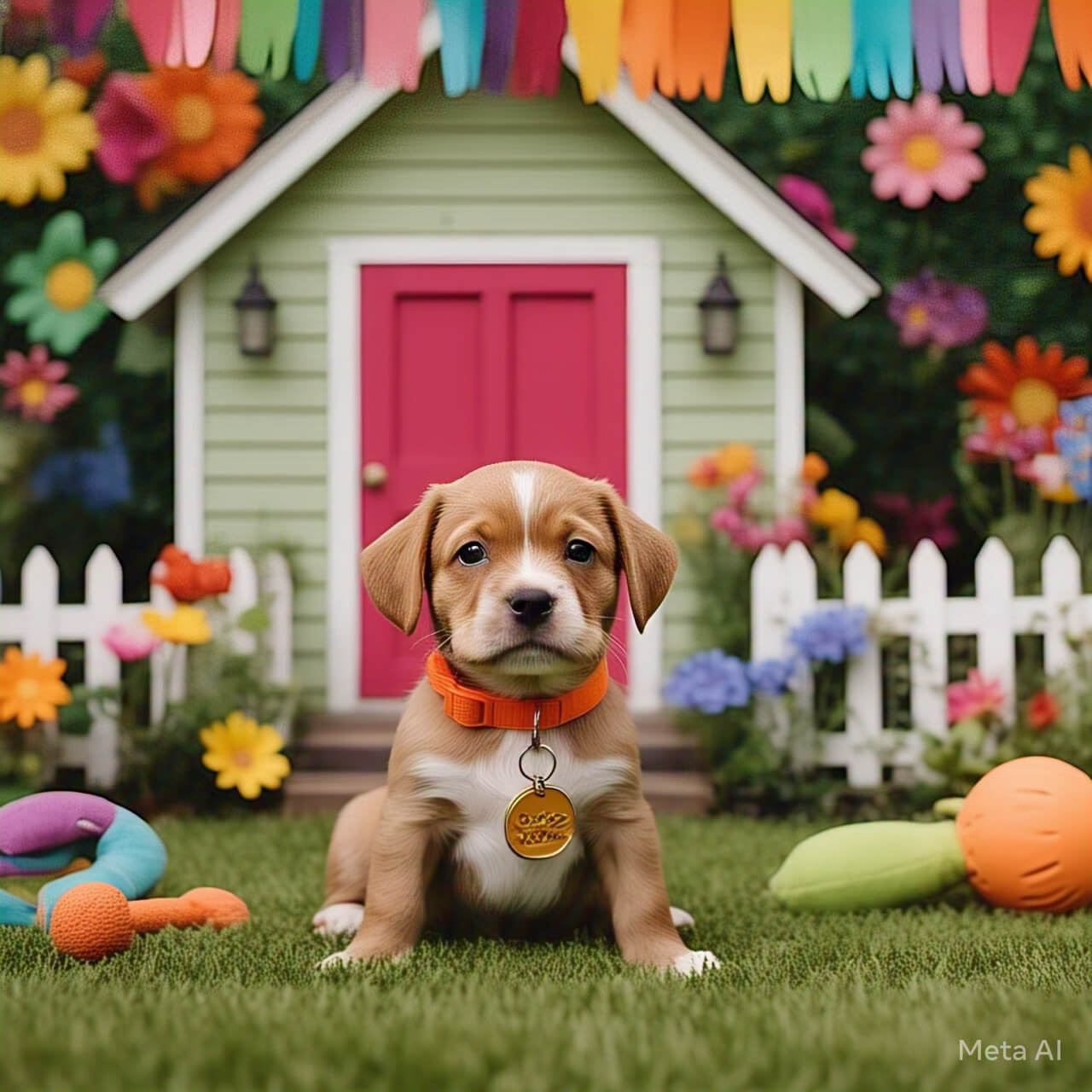Housebreaking a puppy is one of the most important steps in raising a happy and well-behaved dog. It can be challenging, but with patience, consistency, and the right approach, you can teach your puppy to do their business in the right place. Puppies are like babies; they need time to learn and understand what you expect from them. The key is to create a routine, reward good behavior, and avoid punishing mistakes. Housebreaking is not just about teaching your puppy where to go but also about building trust and a strong bond between you and your furry friend. Remember, every puppy is different, and some may take longer to learn than others. Stay positive, and don’t give up.

10 Tips for Housebreaking a Puppy
- Set a regular feeding schedule.
- Take your puppy outside frequently.
- Choose a specific potty spot.
- Use positive reinforcement like treats.
- Watch for signs they need to go.
- Be consistent with commands.
- Clean accidents thoroughly.
- Avoid punishing mistakes.
- Crate train for better control.
- Be patient and stay calm.
1. Understanding Your Puppy’s Needs
Puppies have small bladders and need to go often. They usually need to pee after eating, drinking, playing, or waking up. Understanding their natural schedule helps you anticipate when they need to go. Pay attention to signs like sniffing, circling, or whining, as these often mean they need to relieve themselves.
2. Creating a Routine
A routine is crucial for housebreaking. Feed your puppy at the same times every day and take them out shortly after meals. Puppies thrive on consistency, and a regular schedule helps them learn when and where to go.
3. Choosing a Potty Spot
Pick a specific spot outside for your puppy to use. Taking them to the same place every time helps them associate that area with going potty. The smell will also remind them of what to do.
4. Using Positive Reinforcement
Reward your puppy with treats, praise, or playtime when they go in the right spot. Positive reinforcement encourages them to repeat the behavior. Avoid scolding, as it can confuse and scare them.
5. Watching for Signs
Learn to recognize when your puppy needs to go. Common signs include sniffing the floor, circling, or suddenly stopping play. Acting quickly can prevent accidents indoors.
6. Cleaning Up Accidents
If your puppy has an accident, clean it up immediately with an enzymatic cleaner. This removes the smell and prevents them from using the same spot again. Avoid using ammonia-based cleaners, as they can attract puppies.
7. Crate Training
Crate training can help with housebreaking. Puppies don’t like to soil their sleeping area, so a crate encourages them to hold it until you take them outside. Make sure the crate is the right size and comfortable.
8. Avoiding Punishment
Never punish your puppy for accidents. Yelling or rubbing their nose in it can make them afraid of you and delay training. Instead, focus on rewarding good behavior.
9. Being Patient
Housebreaking takes time. Some puppies learn quickly, while others may take weeks or even months. Stay patient and consistent, and your puppy will eventually get it.
10. Staying Consistent
Consistency is the key to success. Stick to the same routine, commands, and rewards. If everyone in the household follows the same rules, your puppy will learn faster.

FAQs
| Question | Answer |
|---|---|
| How long does it take to housebreak a puppy? | It can take 4-6 months, but some puppies may learn faster or slower. |
| What should I do if my puppy has an accident? | Clean it up without scolding and take them outside immediately. |
| Can I use pee pads for housebreaking? | Yes, but transitioning to outdoor potty training may take longer. |
| How often should I take my puppy outside? | Every 1-2 hours, especially after eating, drinking, or playing. |
| Is crate training necessary? | Not mandatory, but it can help with housebreaking and creating a safe space. |
By following these tips and staying consistent, you’ll have a housebroken puppy in no time. Remember, patience and positivity are your best tools.


